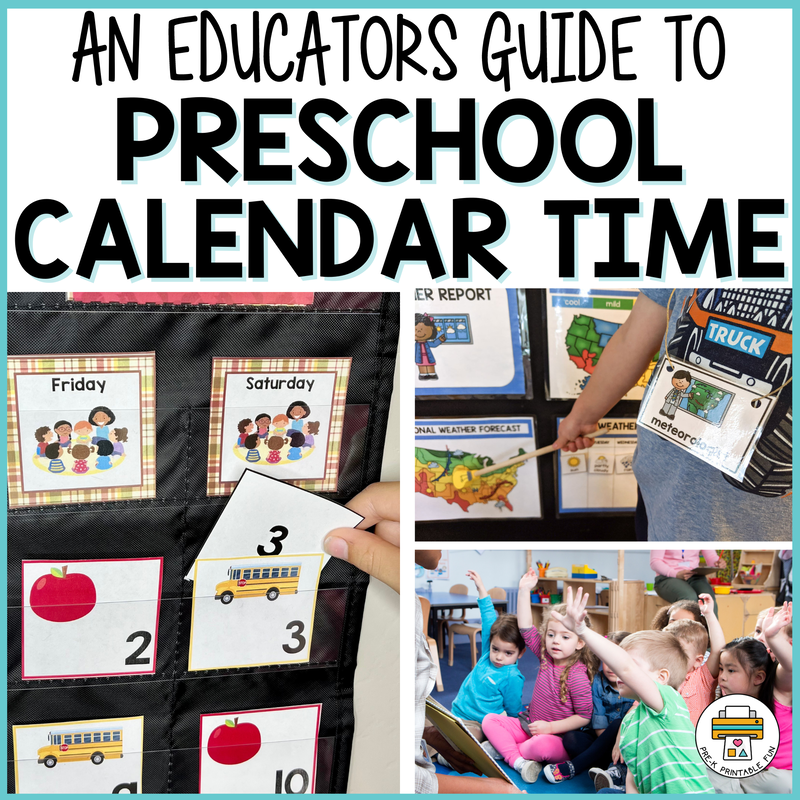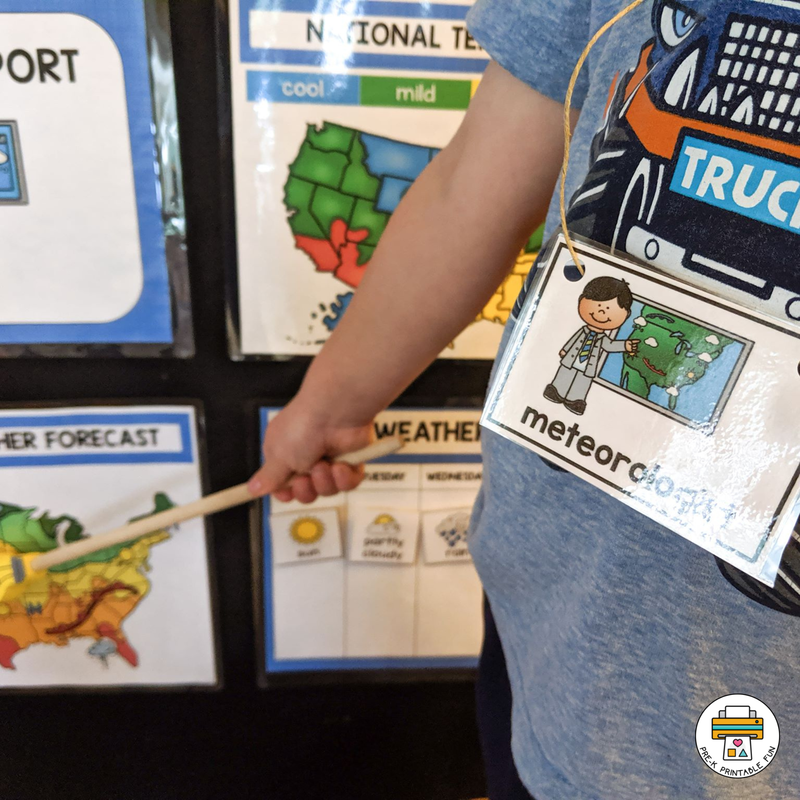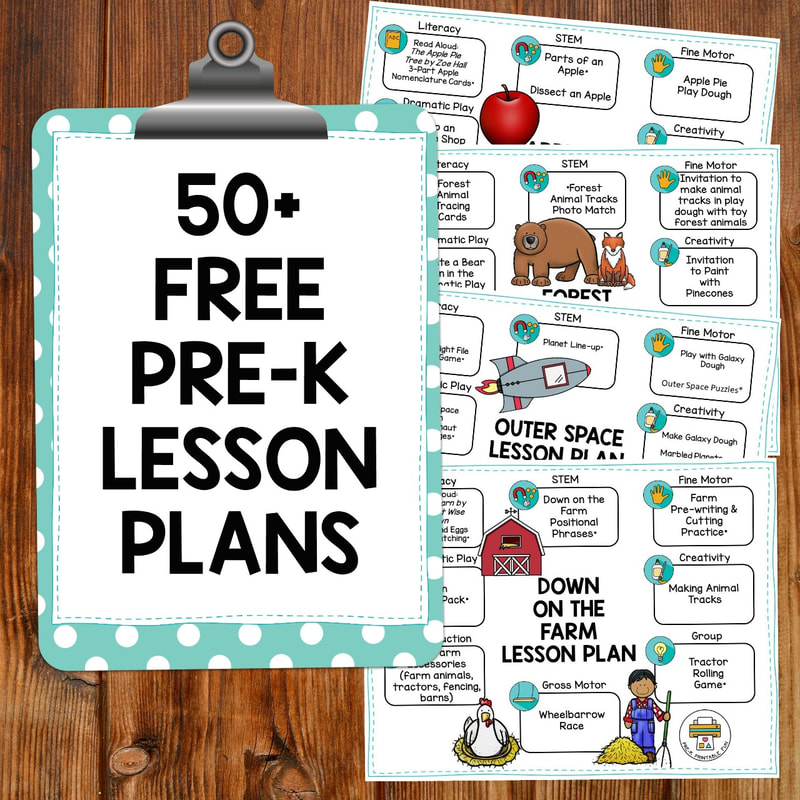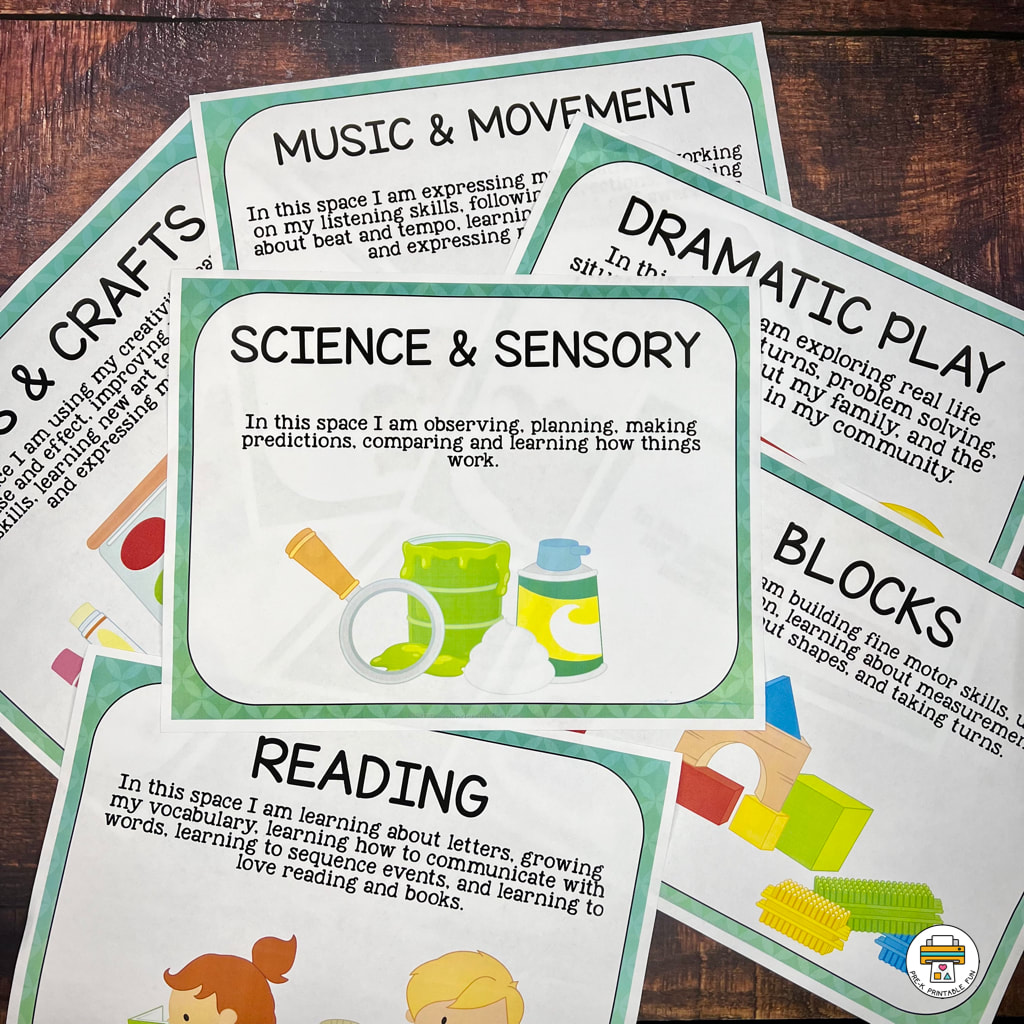Preschool Calendar Time ActivitiesCalendar time in preschool is much more than learning about the days of the week, it’s an opportunity to spark curiosity, foster a sense of routine, and lay the groundwork for essential skills like counting, pattern recognition, and understanding the concept of time. Calendar time offers learning experiences that engage preschoolers while building peer relationships and strengthening social-emotional skills. Today, we're diving into the world of calendar time with a plethora of engaging activities crafted specifically for preschoolers. Whether you're a seasoned educator in search of new ideas or a parent eager to enhance your child's learning journey at home, this post is your go-to resource. We've organized our content into sections for easy navigation, so feel free to jump to the section that piques your interest the most using the table of contents below. Table of Contents Why is Calendar Time Important? Integrating Math & Literacy Into Circle Time What are the Key Elements of Calendar Time? Teaching Days of the Week Teaching Months & Special Observances Teaching Seasons Teaching Weather Tips for Calendar Time Why is Calendar Time Important?
Language and Communication Skills: Calendar time provides opportunities for language development through verbal interactions, storytelling, and discussions about the days of the week, months, and seasons. Children expand their vocabulary, practice articulating thoughts and ideas, and learn to express themselves verbally. Socialization and Collaboration: Engaging in calendar time activities encourages social interaction and collaboration among preschoolers. Children learn to take turns, listen to others, and work together to complete tasks, fostering important social skills such as cooperation, empathy, and respect for others.
Preparation for School and Life Skills: Calendar time helps prepare preschoolers for the structured routines they will encounter in school and later in life. By learning to navigate the calendar, follow schedules, and manage their time, children develop essential life skills that contribute to academic success and overall well-being.Calendar time is important in preschool education for several reasons: Introduction to Time Concepts: Calendar time provides an early introduction to fundamental time concepts such as days of the week, months, seasons, and the passage of time. This lays the groundwork for understanding temporal concepts later in life. Integrating Math & Literacy Into Calendar Time By integrating math and literacy activities into calendar time, educators can create a rich and engaging learning experience that reinforces key concepts while promoting cross-curricular connections and critical thinking skills.
Literacy Concepts Introduction:
Key Elements of Preschool Calendar Time
As preschool teachers, we know that introducing young learners to the concept of time can be both exciting and challenging. When it comes to calendar time, it's essential to break down this abstract concept in a way that our preschoolers understand. Utilize visual aids such as large, colorful calendars with clear, easy-to-read numbers, days of the week, months, and seasonal illustrations. Depending on your preschool class you can use a monthly or a weekly calendar.
Teaching Seasons
2. Explore Characteristics of Each Season:
Teaching abut Weather
Make sure your activities are developmentally appropriate Preschool students are still developing their understanding of abstract concepts like the passing of time. While they may not grasp the concept of time in the same way adults do, engaging them in calendar activities can provide valuable scaffolding for their comprehension. Through daily interactions with calendars, discussions about days of the week, months, and seasons, and participation in related activities, preschoolers gradually begin to build a sense of time's passage. Calendar activities offer tangible visual representations and structured routines that help children establish connections between daily events and the broader concept of time. Over time, these experiences help preschoolers develop a basic understanding of sequential order, patterns, and the cyclical nature of time, laying a foundation for more complex temporal concepts as they continue to grow and learn. Top Tips for Calendar Time
Preschool calendar time is a large aspect of the daily routine, providing young learners with valuable opportunities to explore time concepts, develop language and math skills, and foster social-emotional growth. Through engaging activities, interactive discussions, and hands-on experiences, preschoolers not only gain a better understanding of days, months, and seasons but also learn the importance of routine, structure, and community. You May Also Like:Preschool Classroom Management and Routines Circle Time Binder Tips for Planning Your Preschool Circle Time Calendar Resources
|
What can I help you find?
Become a MemberGet Free
|
Learning Centers
Preschool Learning Centers are commonly referred to as Preschool Centers, or Learning Spaces. These are activity areas dedicated to a specific type of of play and exploring a variety of topics and activities. Download our Free set of Center Signs!
|
Site
|
|














 RSS Feed
RSS Feed
